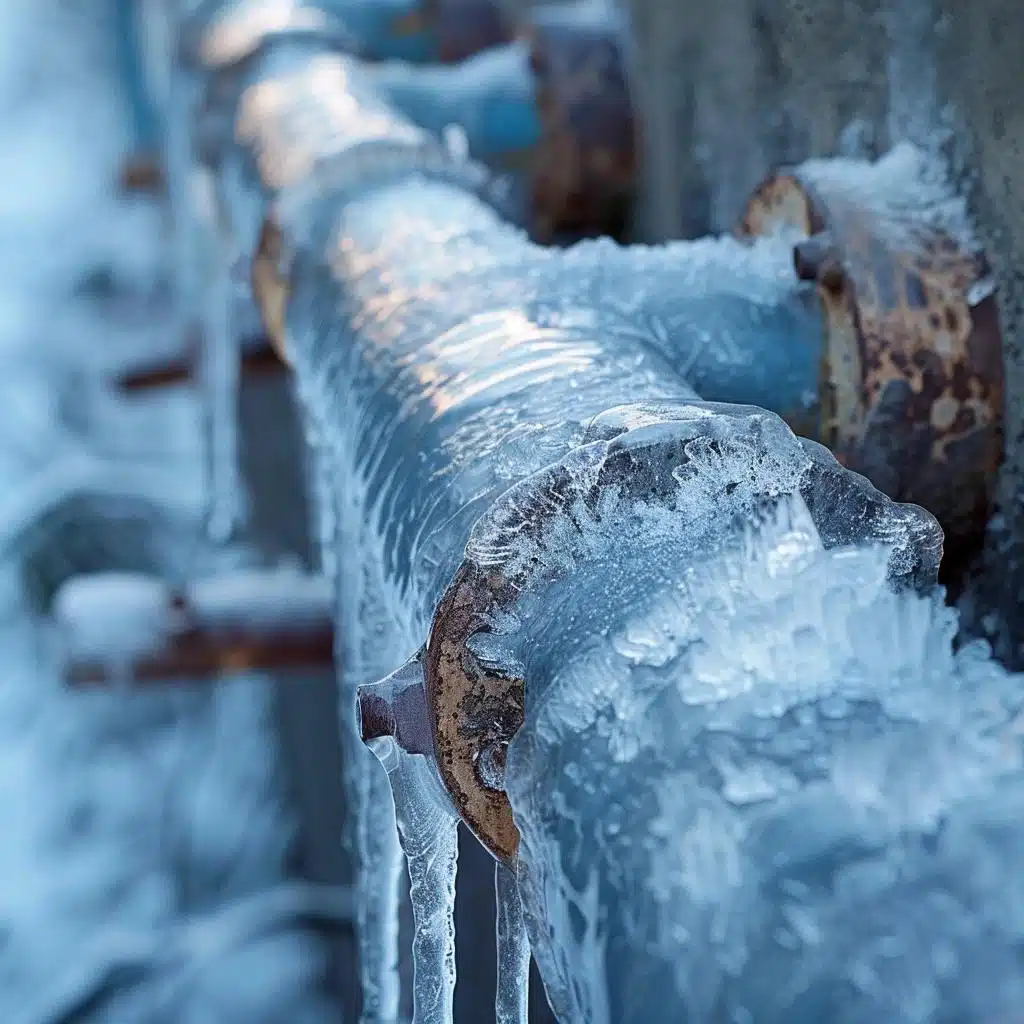Any individual may have their own unique conception when it comes to Prevent Frozen Pipes .

Winter can ruin your pipes, particularly by freezing pipes. Here's how to prevent it from happening and what to do if it does.
Intro
As temperature levels decline, the danger of frozen pipes rises, possibly causing expensive repair work and water damage. Recognizing exactly how to stop icy pipelines is vital for house owners in cold environments.
Recognizing Icy Pipes
What triggers pipes to ice up?
Pipes ice up when exposed to temperature levels below 32 ° F (0 ° C) for expanded periods. As water inside the pipelines ices up, it increases, taxing the pipe walls and possibly causing them to rupture.
Threats and damages
Icy pipelines can result in water disturbances, residential property damages, and pricey repair services. Burst pipelines can flooding homes and create extensive structural damage.
Indicators of Frozen Pipeline
Recognizing frozen pipes early can avoid them from breaking.
How to determine frozen pipelines
Search for lowered water flow from faucets, uncommon smells or sounds from pipes, and noticeable frost on revealed pipes.
Avoidance Tips
Shielding at risk pipelines
Wrap pipes in insulation sleeves or make use of warm tape to shield them from freezing temperature levels. Focus on pipelines in unheated or outside areas of the home.
Heating techniques
Maintain interior spaces sufficiently heated, specifically areas with plumbing. Open up cupboard doors to permit warm air to circulate around pipelines under sinks.
Shielding Exterior Plumbing
Yard hoses and outside taps
Disconnect and drain pipes yard hose pipes prior to wintertime. Install frost-proof spigots or cover exterior faucets with protected caps.
What to Do If Your Pipelines Freeze
Immediate activities to take
If you believe frozen pipelines, maintain taps open to ease pressure as the ice melts. Utilize a hairdryer or towels taken in hot water to thaw pipelines gradually.
Long-Term Solutions
Architectural changes
Consider rerouting pipes away from outside wall surfaces or unheated locations. Add additional insulation to attics, basements, and crawl spaces.
Updating insulation
Invest in top notch insulation for pipelines, attics, and walls. Appropriate insulation assists maintain constant temperature levels and reduces the danger of frozen pipelines.
Conclusion
Stopping icy pipelines requires aggressive procedures and quick feedbacks. By understanding the reasons, signs, and safety nets, home owners can safeguard their plumbing throughout cold weather.
6 Proven Ways to Prevent Frozen Pipes and Protect Your Home
Disconnect and Drain Garden Hoses
Before winter arrives, start by disconnecting your garden hoses and draining any remaining water. Close the shut-off valves that supply outdoor hose bibs and leave the outdoor faucet open to allow any residual water to drain. For extra protection, consider using faucet covers throughout the colder months. It’s also important to drain water from any sprinkler supply lines following the manufacturer’s directions.
Insulate Exposed Pipes
Insulating your pipes is an effective way to prevent freezing. Pipe insulation is readily available at home improvement stores and is relatively inexpensive. Pay close attention to pipes in unheated areas such as the attic, basement, crawl spaces, or garage. Apply foam insulation generously to create a buffer against the cold. You can also wrap your pipes in heat tape or thermostat-controlled heat cables for added warmth.
Seal Air Leaks
Inspect your home for any cracks or openings that could let in cold air. Seal any holes around the piping in interior or exterior walls, as well as the sill plates where your home rests on its foundation. Additionally, make sure to keep your garage door closed unless you’re entering or exiting. Leaving it open creates a significant air leak that can lead to frozen pipes.
Allow Warm Air Circulation
During cold snaps, it’s essential to allow warm air to circulate evenly throughout your home. Leave interior doors ajar to promote better airflow. Open kitchen and bathroom cabinets to help distribute heat consistently around the rooms. If you have small children or pets, be sure to remove any household chemicals or potentially harmful cleaners from open cabinets for safety.
Let Faucets Drip
A small trickle of water can make a big difference in preventing ice formation inside your pipes. When temperatures drop significantly, start a drip of water from all faucets served by exposed pipes. This continuous flow helps prevent the water from freezing. Additionally, running a few faucets slightly can relieve pressure inside the pipes, reducing the chances of a rupture if the water inside does freeze.
https://choateshvac.com/6-proven-ways-to-prevent-frozen-pipes-and-protect-your-home/

We had been shown that article on Winter Plumbing Precautions: Preventing Frozen Pipes through a pal on another web page. If you enjoyed reading our page if you please do not forget to share it. Thanks for being here. Come back soon.
Call Today